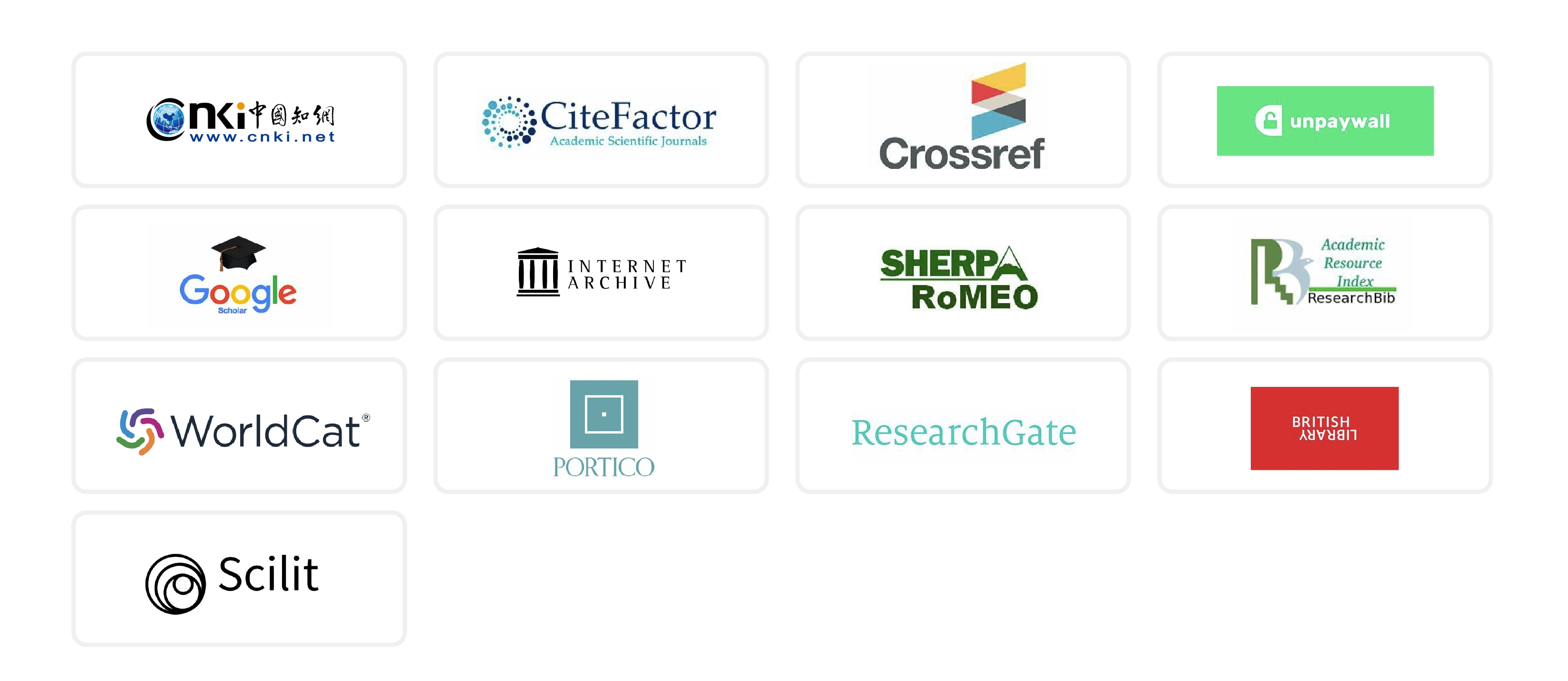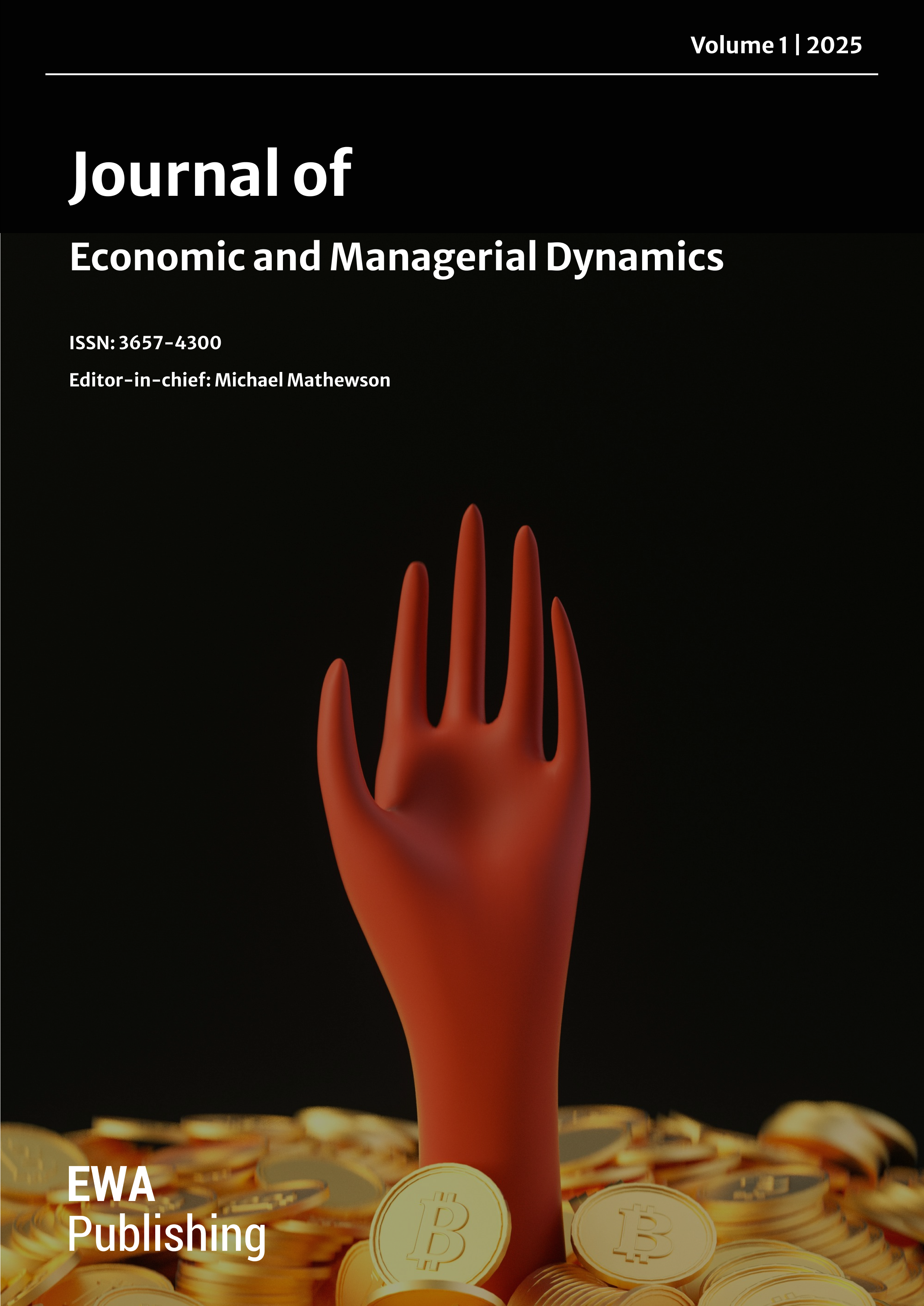

Article processing charge
A one-time Article Processing Charge (APC) of 450 USD (US Dollars) applies to papers accepted after peer review. excluding taxes.
Open access policy
This is an open access journal which means that all content is freely available without charge to the user or his/her institution. (CC BY 4.0 license).
Your rights
These licenses afford authors copyright while enabling the public to reuse and adapt the content.
Peer-review process
Our blind and multi-reviewer process ensures that all articles are rigorously evaluated based on their intellectual merit and contribution to the field.
Editors View full editorial board
Latest articles View all articles
This study proposes a multi-agent evolutionary game model to optimize carbon pricing mechanisms in electricity markets under carbon neutrality constraints. By simulating strategic interactions among power generators, regulators, and consumers, we analyze how dynamic carbon pricing affects investment decisions, emission reductions, and market stability. The model incorporates heterogeneous agents with adaptive learning behaviors, including coal-fired plants (cost minimizers), renewable energy firms (innovation seekers), and policymakers (emission cap enforcers). Using China’s power sector as a case study (2020–2040), our simulations reveal that a hybrid carbon pricing mechanism—combining a floor price with tradable green certificates—achieves Pareto efficiency, reducing cumulative emissions by 34% while maintaining grid reliability. Sensitivity analysis identifies critical thresholds: when carbon prices exceed $80/ton, coal-to-renewable transitions accelerate nonlinearly. The findings provide a computational toolkit for designing adaptive carbon markets aligned with net-zero transitions.

 View pdf
View pdf


This study investigates how institutional distance shapes the location choices of China’s outward foreign direct investment (OFDI) in Belt and Road Initiative (BRI) partner countries. By extending the traditional gravity model with institutional variables, we analyze panel data from 63 BRI countries (2005–2022) to assess the nonlinear effects of formal and informal institutional gaps. Results indicate that moderate formal institutional distance (e.g., regulatory frameworks) positively influences OFDI, reflecting Chinese firms’ strategic arbitrage capabilities, while excessive informal institutional distance (e.g., cultural norms) acts as a deterrent. The model further reveals heterogeneous effects across state-owned enterprises (SOEs) and private firms: SOEs prioritize political proximity, whereas private firms leverage market-seeking motives in institutionally distant regions. These findings refine institutional theory in emerging economies and provide actionable insights for cross-border investment policy formulation.

 View pdf
View pdf


This study examines the relationship between organizational slack resources and disruptive innovation, with a focus on the moderating effects of absorptive capacity and executive risk appetite. Drawing on resource-based view (RBV) and dynamic capability theory, we hypothesize that different types of slack (financial, human, and operational) exert heterogeneous impacts on firms’ ability to pursue radical innovation. Using panel data from 1,200 technology firms across 15 countries (2010–2022), we employ hierarchical regression and three-way interaction models to test our hypotheses. Results reveal that human resource slack positively drives disruptive innovation, while financial slack exhibits an inverted U-shaped relationship. Absorptive capacity amplifies the innovation-enhancing effects of operational slack, whereas executive risk appetite moderates the link between financial slack and innovation outcomes. The findings advance scholarly understanding of slack resource allocation strategies and provide actionable insights for managing innovation portfolios in volatile markets.

 View pdf
View pdf


This study evaluates the poverty alleviation impact of rural inclusive finance under China’s Rural Revitalization Strategy, employing a Propensity Score Matching-Difference-in-Differences (PSM-DID) approach on panel data from five western provinces (2015–2022). By distinguishing between treated (villages with inclusive finance interventions) and control groups, we quantify the causal effects of financial inclusion on household income, consumption, and multidimensional poverty indices. Results indicate that inclusive finance reduces the poverty headcount ratio by 12.3%, with stronger effects in regions with higher digital financial penetration. Mechanism analysis reveals that improved access to credit and insurance products mediates poverty reduction, particularly for households engaged in agricultural entrepreneurship. The findings underscore the synergistic role of inclusive finance and rural revitalization policies, offering actionable insights for policymakers to optimize financial inclusion programs in underdeveloped regions.

 View pdf
View pdf


Volumes View all volumes
2025
Volume 1April 2025
Find articlesAnnouncements View all announcements
Journal of Economic and Managerial Dynamics
We pledge to our journal community:
We're committed: we put diversity and inclusion at the heart of our activities...
Journal of Economic and Managerial Dynamics
The statements, opinions and data contained in the journal Journal of Economic and Managerial Dynamics (JEMD) are solely those of the individual authors and contributors...
Indexing
The published articles will be submitted to following databases below:





